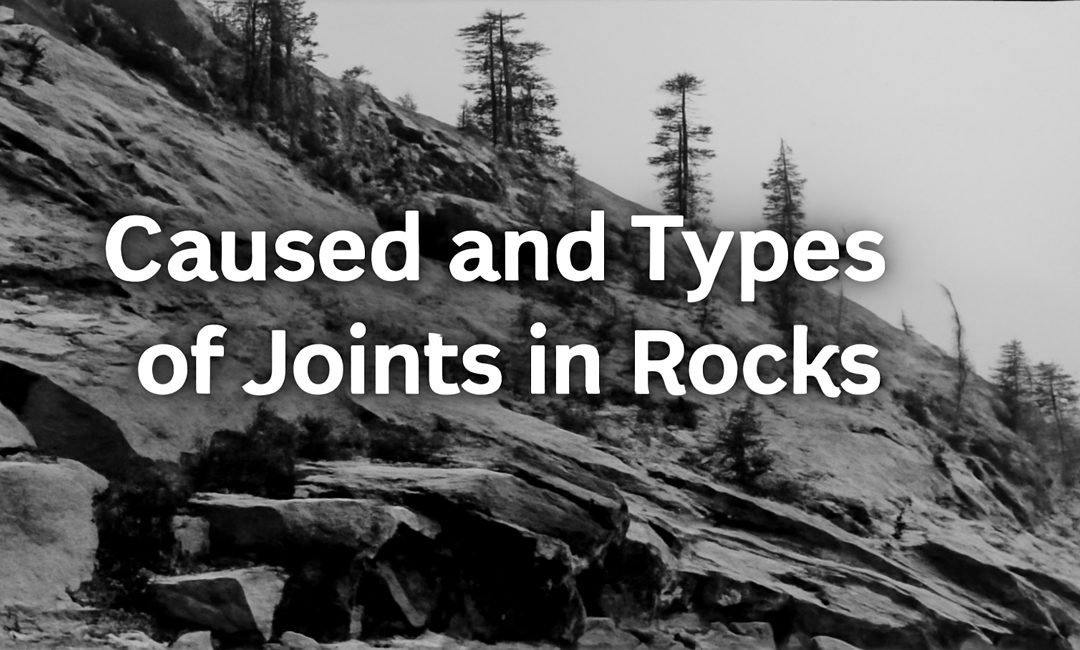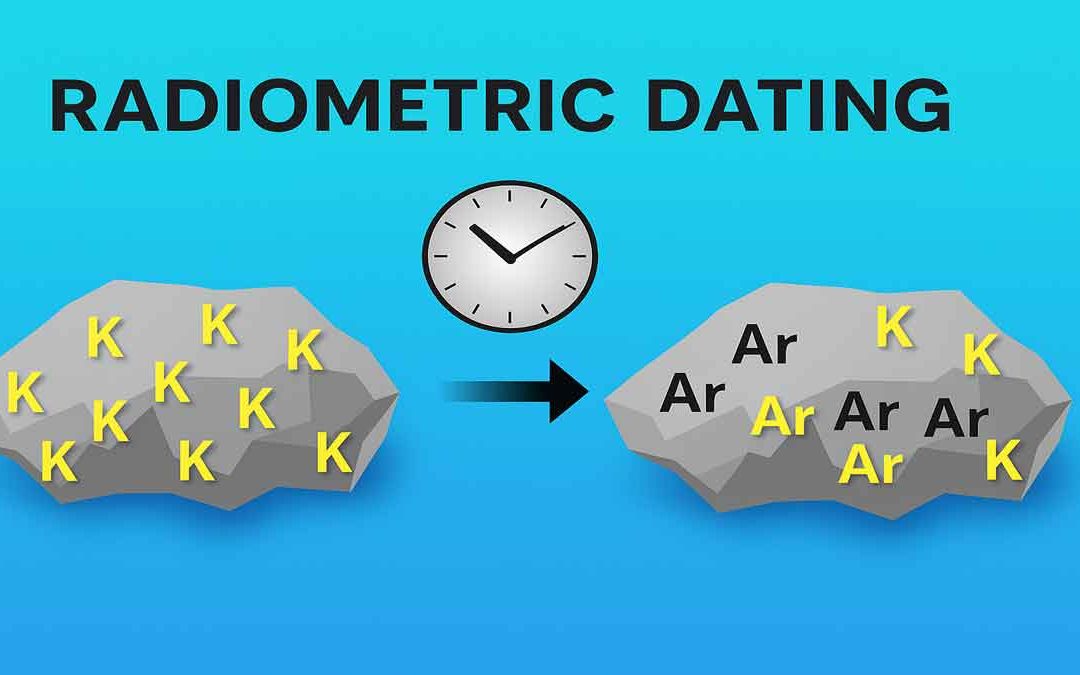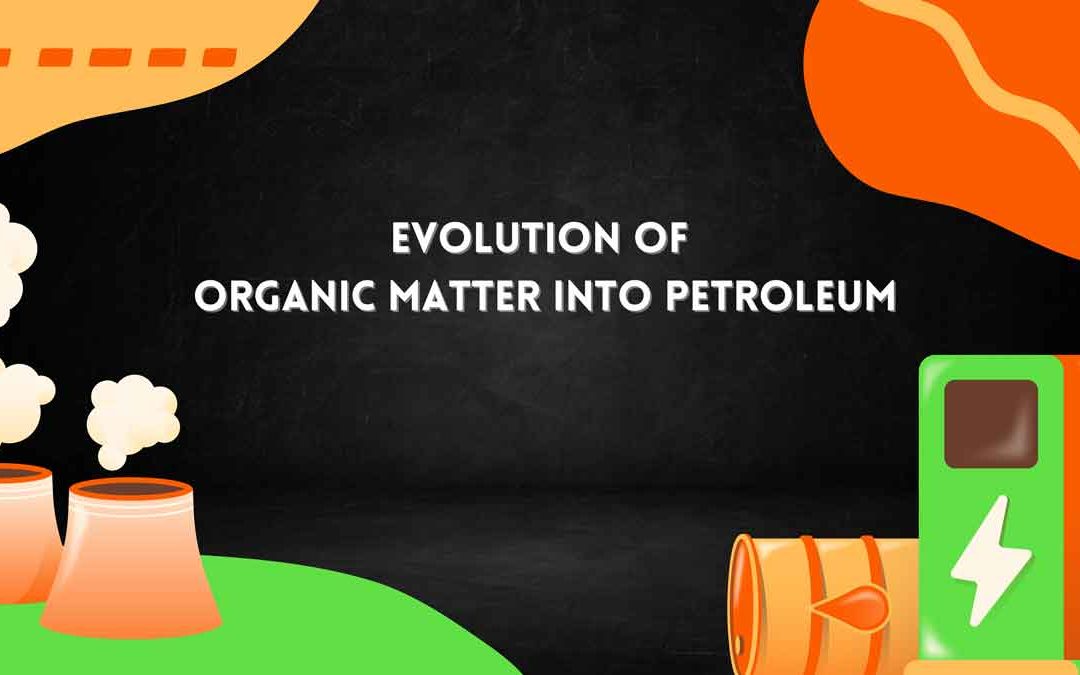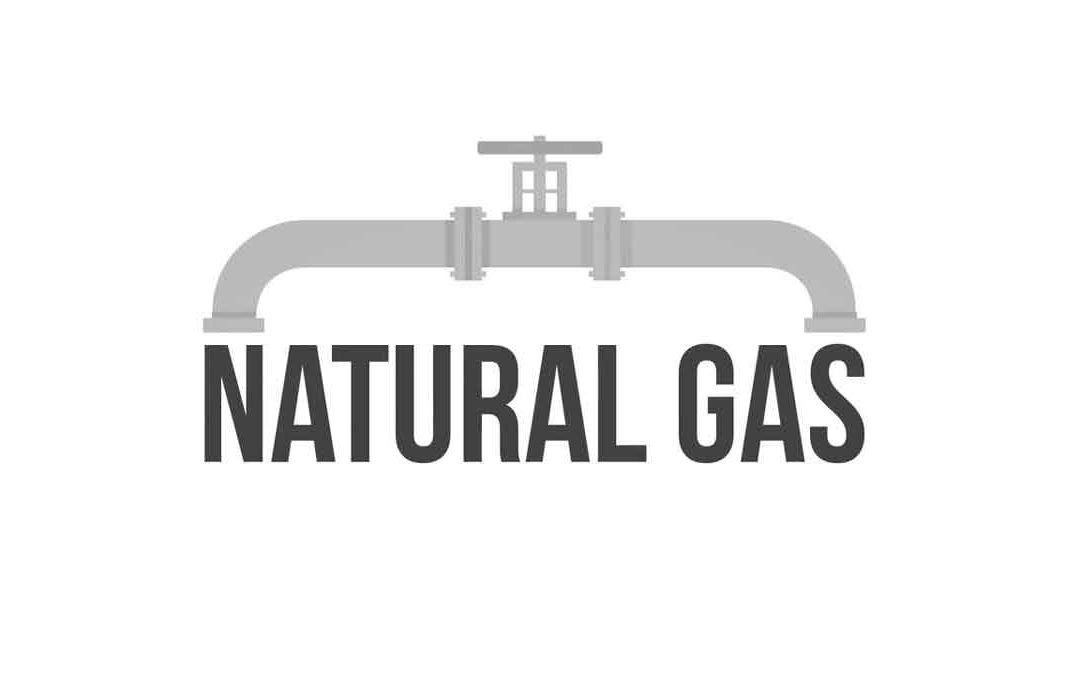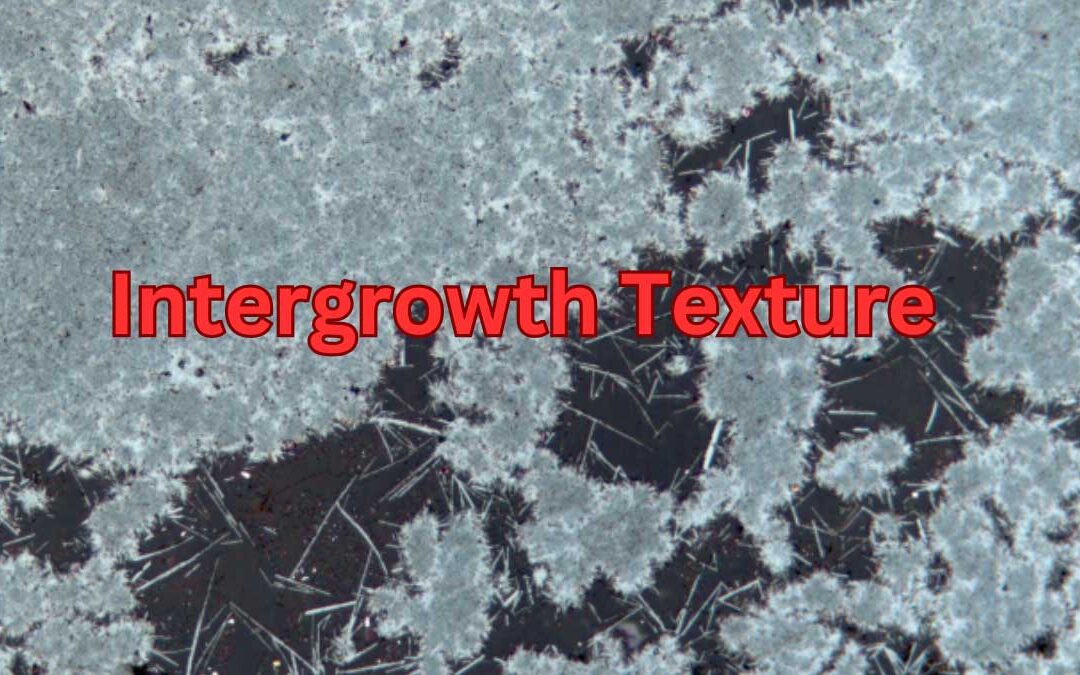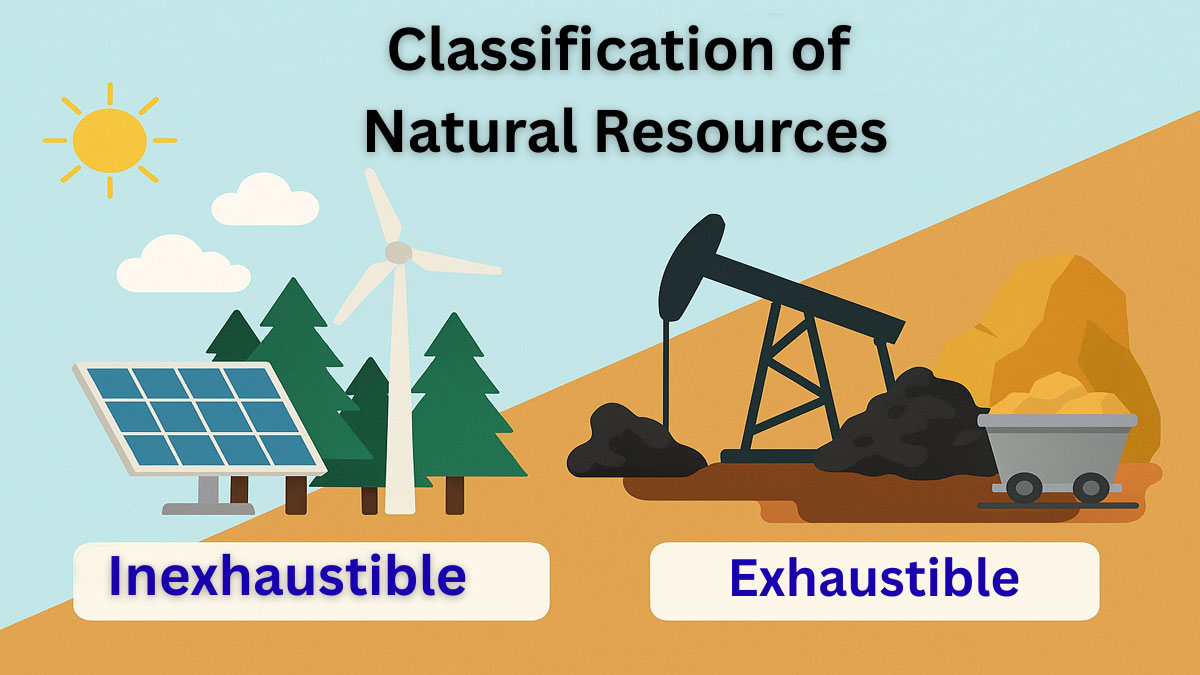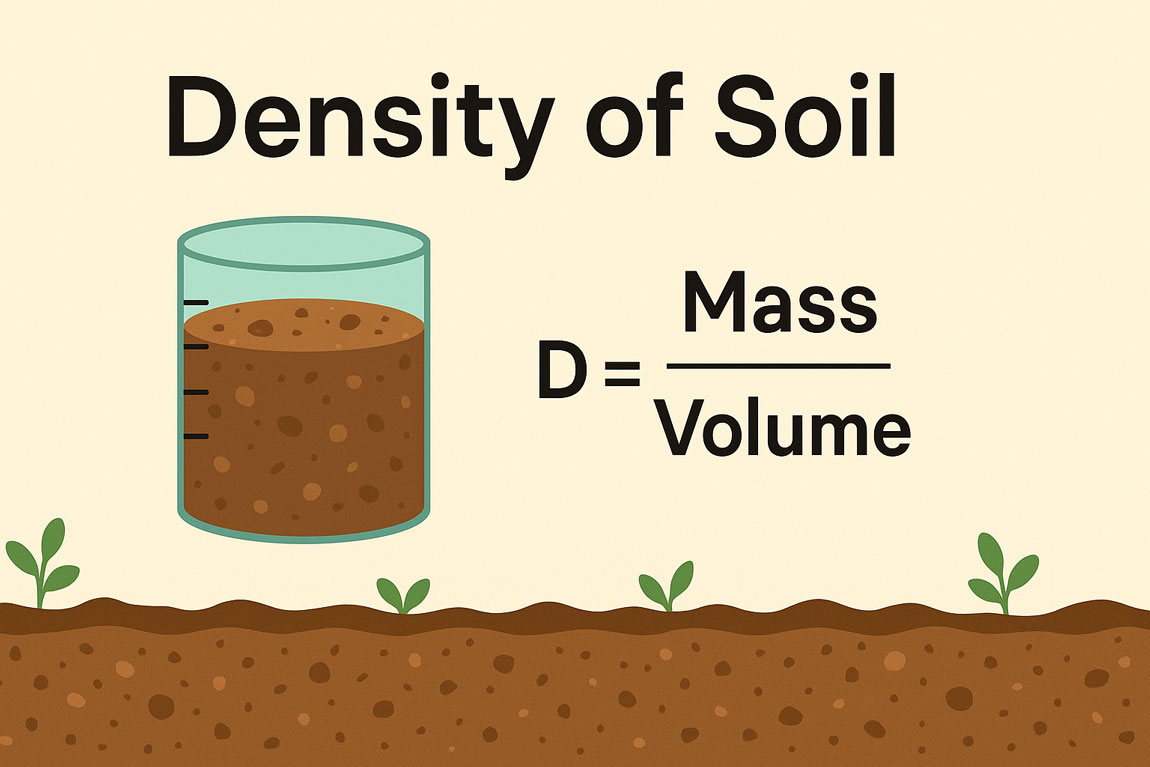
by Gelogia Team | Jul 27, 2025 | Petrology, Physical Geology & Geomorphology, Structural Geology
Joints are natural cracks or fractures in rocks that form when stress exceeds the rock’s strength. Unlike faults, they show little or no movement along the fracture. Joints typically appear in sets with regular patterns and result from factors like rock type, stress...

by Gelogia Team | May 31, 2025 | Petrology
Radiometric Dating: Introduction and Principles In the early part of the 20th century, scientists discovered radioactivity and the radiogenic decay of isotopes, which opened the way for dating rocks by an absolute rather than a relative method. Up to that time,...

by Gelogia Team | Mar 21, 2025 | Petrology
Petroleum evolves from organic matter through heat, pressure, and time. Initially, buried material transforms into kerogen (diagenesis). With deeper burial, kerogen breaks down into oil and gas (catagenesis). In the final stage, extreme heat converts hydrocarbons into...

by Gelogia Team | Mar 8, 2025 | Petrology, Uncategorized
Natural Gas: Natural gas is a mixture of hydrocarbon (lower) that occurs in nature and exits in a gaseous state at ordinary pressure and temperature. It mainly contains methane (CH4 ), a small amount of ethane (C2H6), Propane (C3H8), and higher hydrocarbons like...

by Gelogia Team | Mar 7, 2025 | Petrology, Uncategorized
Petroleum is an essential fossil fuel composed of a natural mixture of hydrocarbons, including crude oil, natural gas, and asphalt. Its form can range from gas to solid, influenced by the complexity of its carbon structure. This resource is crucial for energy...

by Gelogia Team | Feb 12, 2025 | Petrology
Intergrowth texture forms when two minerals crystallize together or through exsolution in igneous rocks. Common types include graphic, myrmekite, exsolution, cavity, radiate, reaction, and pegmatite textures, each revealing mineral interactions and cooling history....
